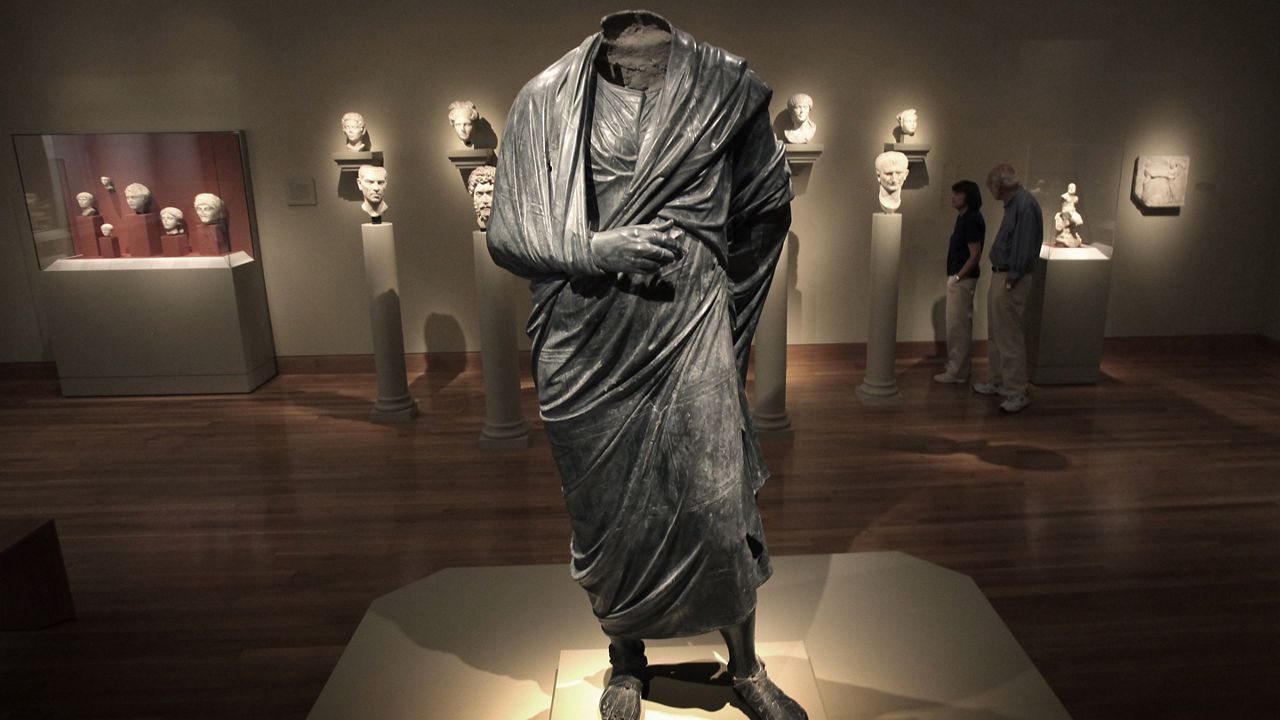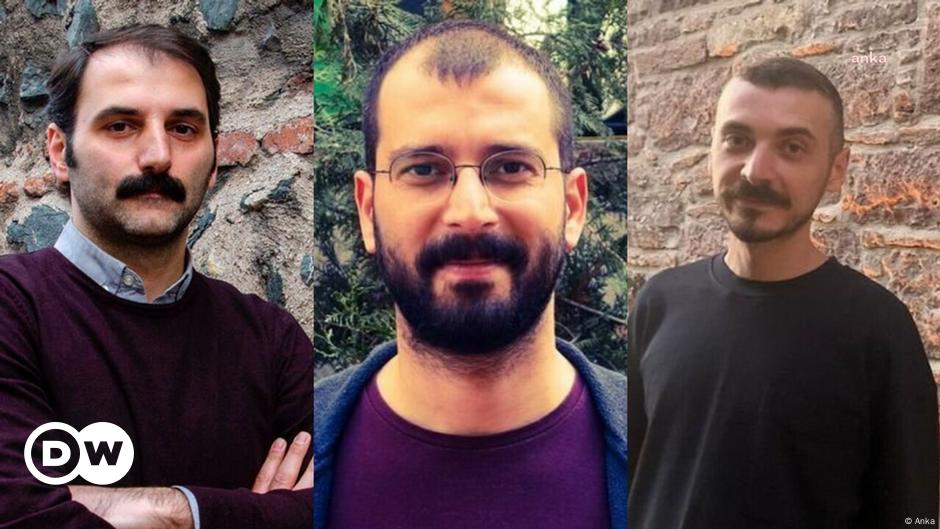Cleveland Museum of Art agrees to return statue to Republic of Türkiye
CLEVELAND — The Cleveland Museum of Art reached an agreement to return a Greek or Roman bronze statue to the Republic of Türkiye after conducting scientific testing on the piece.
A press release from the museum said the statue is of a draped male figure (the Philosopher). They said the testing was done with the cooperation of Türkiye and the District Attorney of New York County.
“The results of the tests led the museum to the conclusion that the statue was likely present at the relevant site in the ancient city of Bubon, Türkiye, commonly known as the Sebasteion,” the release reads.
The statue will be transferred to the District Attorney before it heads back to Türkiye.
The statue, worth $20 million, had been seized from the Cleveland museum by New York authorities investigating antiquities looted from Turkey back in 2023. The museum had acquired the statue back in 1986 and had been a highlight of its collection of ancient Roman art.
The museum said they appreciate the cooperation the other two parties showed when it came to finding “a scientific resolution of the issues surrounding the statue.”
“Without this new research, the museum would not have been able to determine with confidence that the statue was once present at the site,” the release reads. “The museum and Turkish officials are considering a temporary display of the statue in Cleveland prior to its transfer to Türkiye, as well as other areas for cultural cooperation between Türkiye and the museum.”
However, the research they did to determine the statue’s origin may have had a secondary effect.
The museum says it does support their theory that the statue does not depict Marcus Aurelius but a Greek philosopher instead.
“The stone base at the Sebasteion where the statue was likely located does not bear any inscription,” the release reads. “Although there is an inscription on a separate stone base at the Sebasteion that bears as a legend an ancient Greek version of “Marcus Aurelius,” the new tests suggest that the Philosopher is very unlikely to have ever been on that stone base. Without a head or identifying inscription, the identity of the statue remains uncertain.”
The Associated Press contributed to this report.




